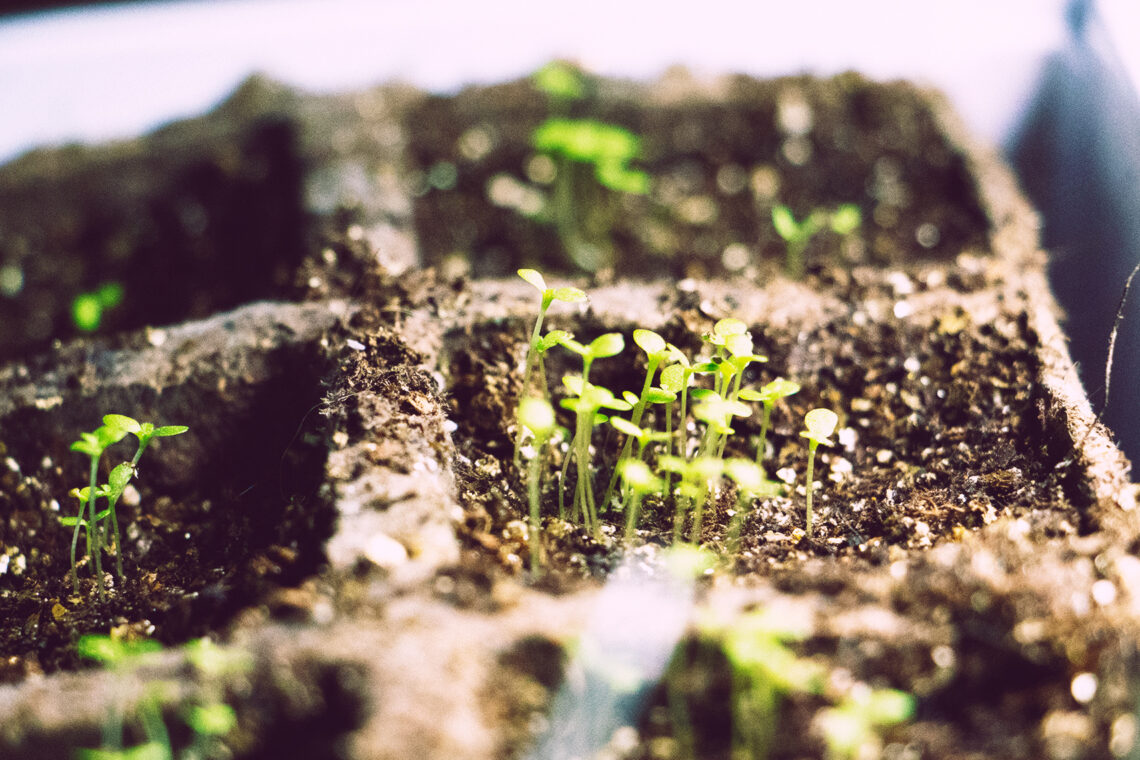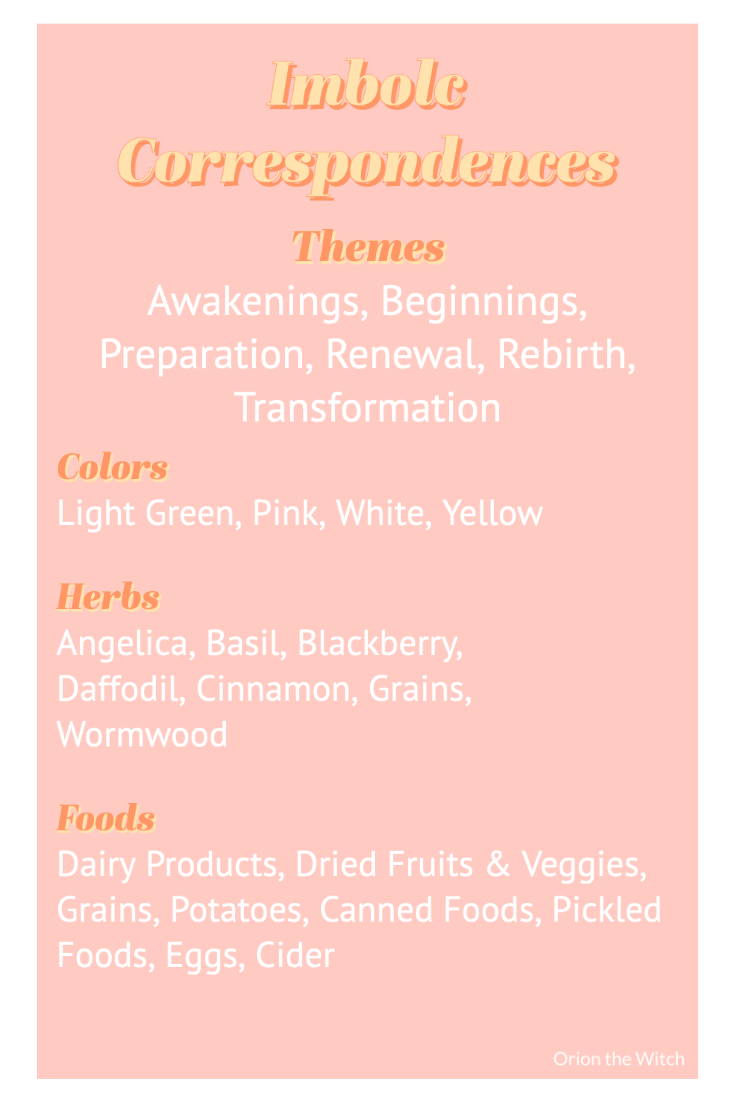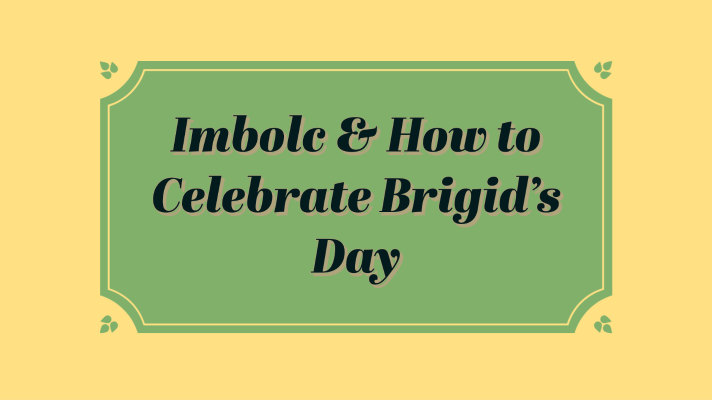Firstly, I’d like to wish everyone a happy Imbolc and I hope 2021 is treating you well. So I wrote this post a little while ago, but then stuff got in the way… but hopefully, this will help you learn more about today’s sabbat and some ways you can celebrate!
After Yule and the New Year, the cold of winter seems to lull us into hibernation. But finally, after weeks of stillness, Imbolc is here.
Traditionally, Imbolc is celebrated on the first of February in the Northern Hemisphere. This sabbat marks the halfway point between the winter solstice and the spring equinox.
Although Imbolc doesn’t celebrate the changing season it instead celebrates the promise that spring is coming, it’s a mid-point and sign that spring is on its way.
The Themes of Imbolc
For most, this sabbat is a quiet time. As a time of patience and preparation for spring, Imbolc invites us to honor the season in a more introspective and quiet fashion. Most of the themes of Imbolc are from the harshness of winter and how people survived the season long ago.
Winter used to be much more difficult for people to survive than it is nowadays. Most of us have heated homes, refrigerators, and are able to purchase seasonal crops year-round.
Our ‘spiritual ancestors’ as some call them, the Celts and other European cultures whose celebrations we derive the sabbats from, lived in much harsher conditions. Unlike us, these people needed firewood to keep their homes warm throughout the season, and they stored food to last the season. There wasn’t a supermarket that sold fruits and vegetables through winter.
Additionally, the ancients lived with their livestock in their homes in many cases. But livestock were the most valuable source of food during this time.
While spring crops were still months away, animals like sheep gave birth at this time. And thus provided a source of food: milk and cheese. As a result, milk and cheese were a sign that spring was ahead. It was the first sign of hope and renewed one’s spirits.
How these themes relate to us
While we may not live with livestock in our homes, winter is still harsh for many of us. Whether it’s seasonal affective disorder, car problems, or blizzards, plenty of us know how difficult winter can be.
Consequently, Imbolc offers us a chance to renew our spirits and prepare for the coming spring. A key element of the sabbat is this emergence from the darkness of hibernation so that we may prepare for warmer days.
In fact, Imbolc is a perfect time to make new plans, develop new ideas, and prepare yourself and your life for the changes ahead.
Personally, I view it a lot like the concept of a New Year’s Resolution. For me, this is a time to plan my new ideas and goals so that I’m prepared to bring them into reality.
Ways to Celebrate Imbolc
First and foremost, Imbolc is the perfect time to set intentions for new ideas as well as a good time to examine what’s no longer serving you. As we’ve discussed, this is in line with Imbolc’s theme in preparing for the changes ahead.
Cleaning and Decluttering
After spending so much time indoors Imbolc offers up a great time to start some “spring cleaning” and decluttering. Since we still have more time inside before spring arrives, cleaning our space both physically and energetically can help renew our hopes.
Likewise, cleaning spaces that have become cluttered over winter helps us remove obstacles and negativity that may stand in the way of our goals.
Personally, I have a lot of clutter in my bedroom. From books, school supplies, and journals to houseplants, I know my bedroom is in need of some serious cleaning today.
\If you’re going to be cleaning during Imbolc, why not clean with your Besom? Or focus on the intention of getting rid of stagnant energy in your space. Cleaning and cleansing can go hand in hand.
New Ideas and Intention Setting
We’ve discussed how Imbolc is a time to prepare for change. So it makes sense that we can focus on planning new ideas and setting our intentions during this sabbat. There’s a lot of ways to do this, and I often liken it to a New Year’s Resolution. For me, I like to journal about it and come up with a plan for the goals I have.
Personally, winter has never made me quite as anxious and stir-crazy as it has this year.
In part that’s likely because of the COVID-19 pandemic. But it’s also because I fell in love with gardening in 2020 and am still stuck inside waiting to get to work.
This is why the seed planting idea in Llewellyn’s Sabbat Essentials Imbolc book is one of my favorite ideas for the sabbat. In fact, I got started with my gardening journey last year by doing this activity.
For most of us, it’s too early in the season to plant seeds outdoors. But some plants can be started indoors. And Imbolc is a good time to do so. However, I’d like to note that not all seeds should be started this early indoors!
But if you’d like to start some seeds indoors as a magickal activity here’s how:
Planting a Seed for Imbolc
When planting a seed, the seed is a representation of your goals, it represents the start of a new journey. Growing a plant from seed shows us the cycle of life and care that goes into a plant’s journey. The seed represents potential as well as the starting of new ideas.
Llewellyn’s book discusses a meditation you can do while planting seeds, which is a great resource to learn more about the sabbat. I’ve loved each of the books.
For me, when I do this ritual, I like to focus on my goals as I work.
This year, I plan to establish a garden where I can grow organic crops to eat, as well as expanding my herbal garden. The great part about that goal is that starting seeds is a part of it! Other things I’d like to do are to spend more time working on my blog, writing, and practicing my craft.

How to Start Seeds for Imbolc
The first step is going to be deciding on what to plant and gathering your supplies. You’ll need a container to plant the seeds in, soil, and the seeds themselves.
I recommend using cow pots like these if it’s a plant you want to put outdoors in the spring. The cow pots are made from manure and can be put right in the ground in the spring!
Additionally, you’ll need a potting mix to plant the seeds in. Overall, I don’t like most potting mixes available in stores, however, I’ve heard lots of good things about Espoma’s seed starting mix. Personally, my mixture is just 1/2 vermiculite and 1/2 peat moss or coco coir.
Once I have my supplies, I start this ritual by sitting down and lighting a few candles. I like to invite my spirit allies and deities to be present with me while I focus on the themes of Imbolc. As I prepare the seeds in their soil under the grow lights, I envision my goals and link them to the seeds.
Next, you’ll want to mix your potting mix into your container and gather up your seeds. I like to shut my eyes and focus on feeling the seeds hum with life and opportunity. Picture the things you want to achieve this year, your goals, and long-term projects. Imagine these represented in your seeds. On the cow pots, I like to write my intentions too.
Now, when you’re ready, plant the seeds in the soil (be sure to follow the instructions on the back of the seed packets). After you’ve done this, every time you water your seeds and seedlings, you are also nourishing your goals and projects.
Magick for the Season
One of the other ways I incorporate magick into my Imbolc activities is through candle magick. Since Imbolc is often associated with Candlemas, candle magick is a good way to represent the first signs of spring and warming days.
Moreover, candle making is a fun activity to try during Imbolc. The importance of candles during Imbolc is because of the goddess Brigid, a Celtic goddess associated with fire among many other things.
A new activity I’m going to try this year is working on a protection spell and blessing for my hens. Just the other day we got almost a full foot of snow. This is their first winter and I was really nervous about the coop I’d built for them. So I’d like to bless them with safety and good health through the season.
Other Imbolc Activities
- Clean and sort your altar and magickal workspace
- Great time for self-dedication and initiations
- Create a Brigid’s Cross
- Shovel snow for someone who could use the help
- Candle Making
Brigid’s Day: Who is Brigid?
Truthfully, I often call Imbolc Brigid’s Day. This sabbat is so strongly associated with Brigid that the two seem to go hand-in-hand. I cannot think of any other sabbat so deeply tied to a particular deity in this way.
In part, this is because Brigid was a key deity in the Celtic pantheon and is a goddess that survived history surprisingly well (she was made into St. Brigid by the Christians). As a result, Brigid tends to be a patron to many neopagans, myself included.
Brigid has a rich series of associations and qualities that empower us. She is associated with the hearth fire, the forge fire, poetry/creativity, sacred wells, wisdom, transformation and so much more.
Honestly, I don’t know enough about her myths and associations to confidently say much about her, but I highly recommend learning more about her for the sabbat. It’s something I’m working on too and want to write more about in the near future.

Conclusion
Despite being a quiet and private sabbat Imbolc is full of rich lore and ways to quietly honor the season. There’s so much more to Imbolc that I have yet to try! How do you celebrate Imbolc? Are there any special activities that you do? Be sure to let me know in the comments below! And until next time, blessed be!

Great content! Keep up the good work!